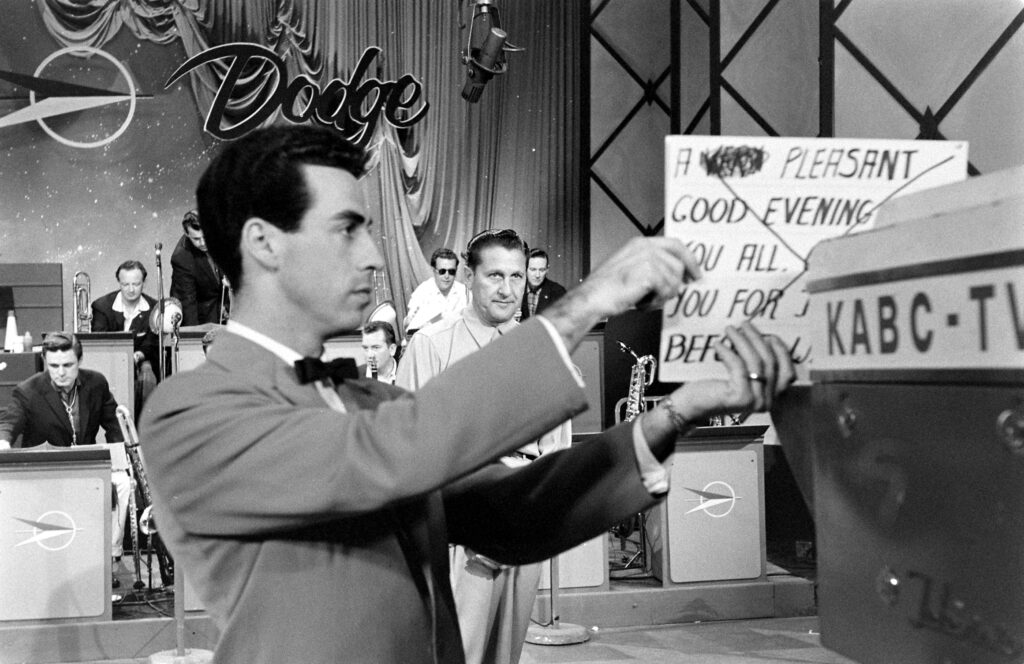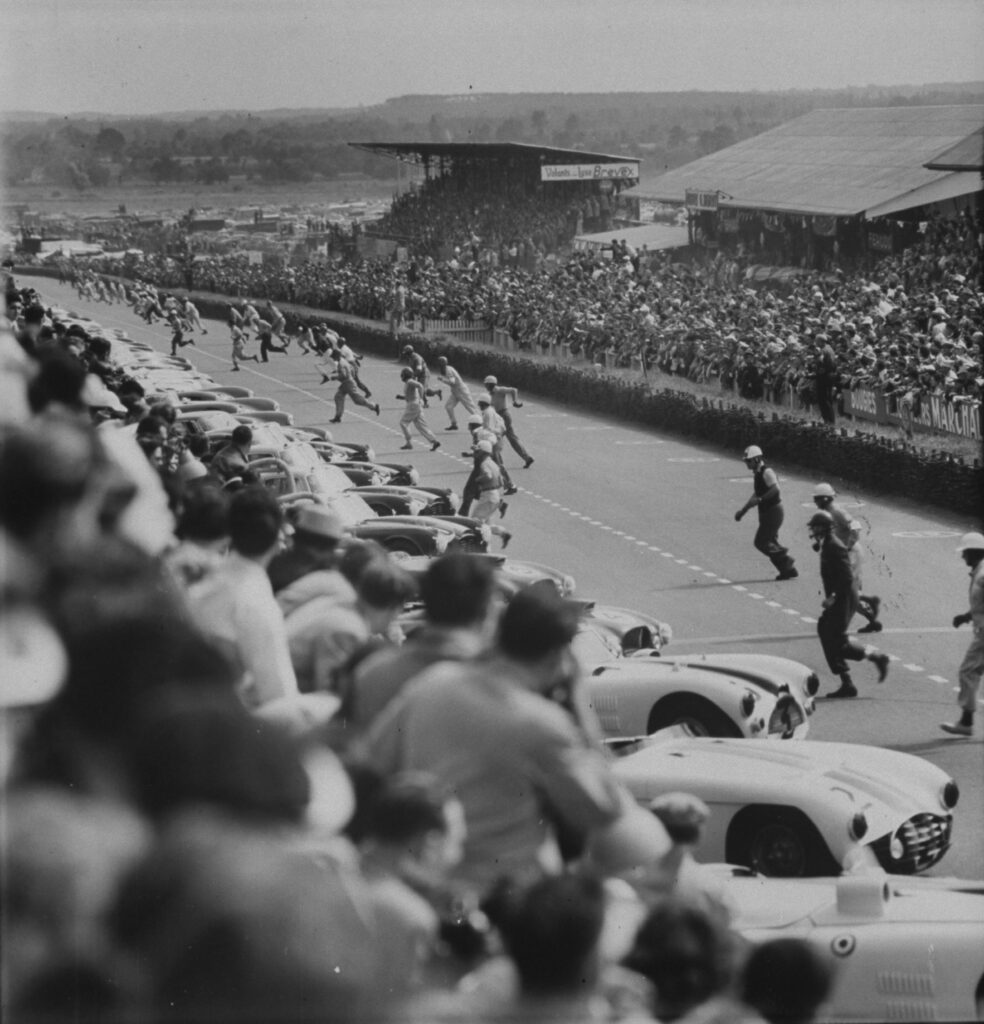No American public figures—not Scott and Zelda Fitzgerald, not Louise Brooks, not even the inimitable Louis Armstrong—embodied the “Jazz Age” of the 1920s more perfectly than Josephine Baker, the Missouri native who became a legendary performer in Paris in the ’20s and ’30s.
In fact, for millions of people (Europeans, for the most part, but also others all over the globe) who read about, heard about or saw the “Bronze Venus” on stage or in movies at the height of her career, Baker was the Jazz Age a gorgeous, pyrotechnic talent who, in the words of none other than Ernest Hemingway, “was the most sensational woman anyone ever saw.”
Years after her greatest popularity, but when she was still a beloved singer and dancer in her adopted France and elsewhere in Europe, Baker returned to America specifically, to Broadway in 1951, and was a smash hit decades after she left home for less Puritanical and (largely) less race-conscious realms overseas.
In its April 2, 1951, issue the editors of LIFE reported on Baker’s homecoming thus:
One of the most famous American expatriates of this century came back home a few weeks ago. Josephine Baker, daughter of a Negro washerwoman in St. Louis, had begun a sensational career in Paris nightclubs in 1925 by singing an Ave Maria while clad only in a girdle of bananas. She went on a little less scandalously to become “La Baker,” darling of Paris, a citizen of France and a legend to Americans. Now, at 45, she was back on Broadway, singing love songs in five languages and making the Strand movie theater seem intimate as a boudoir. Swishing her pantalooned gown, she crossed her eyes exuberantly, brought cheers from the packed theater as she shouted, “You make me so hop-py!” She made her managers so happy that they quickly booked her for a U.S. tour at $7,500 a week.
Here, LIFE.com brings back a series of photographs from 1951 by Alfred Eisenstaedt that capture something of the woman’s energy, charisma and near-palpable joie de vivre. There will never be another. . . .
Liz Ronk edited this gallery for LIFE.com. Follow her on Twitter at @LizabethRonk.

Josephine Baker performs at New York’s Strand Theater in 1951.
Alfred Eisenstaedt The LIFE Picture Collection/Shutterstock

Original caption: “In a $21,000 gown of Jacques Griffe, she flutters like a moth and sings a Cuban love song, ‘This is Happiness.’ She brought 43 gowns to the U.S. for her tour.”
Alfred Eisenstaedt The LIFE Picture Collection/Shutterstock

Josephine Baker performs at New York’s Strand Theater in 1951.
Alfred Eisenstaedt The LIFE Picture Collection/Shutterstock

Original caption: “In a Dior dress, and furs which cost $2,600, she sings into mike concealed in her hand-held corsage: ‘Two loves have I … my country and Paree …”
Alfred Eisenstaedt The LIFE Picture Collection/Shutterstock

Josephine Baker performs at New York’s Strand Theater in 1951.
Alfred Eisenstaedt The LIFE Picture Collection/Shutterstock

Josephine Baker performs at New York’s Strand Theater in 1951.
Alfred Eisenstaedt The LIFE Picture Collection/Shutterstock

Josephine Baker’s four-foot chignon is wound up into three tiers of buns in her dressing room, 1951.
Alfred Eisenstaedt The LIFE Picture Collection/Shutterstock

Original caption: ” A peck on the nose is given by husband Jo Bouillon after performance. Bouillon, called ‘Mr. Soup’ around theater, leads the orchestra for his wife.”
Alfred Eisenstaedt The LIFE Picture Collection/Shutterstock

Josephine Baker performs at New York’s Strand Theater in 1951.
Alfred Eisenstaedt The LIFE Picture Collection/Shutterstock




































































































